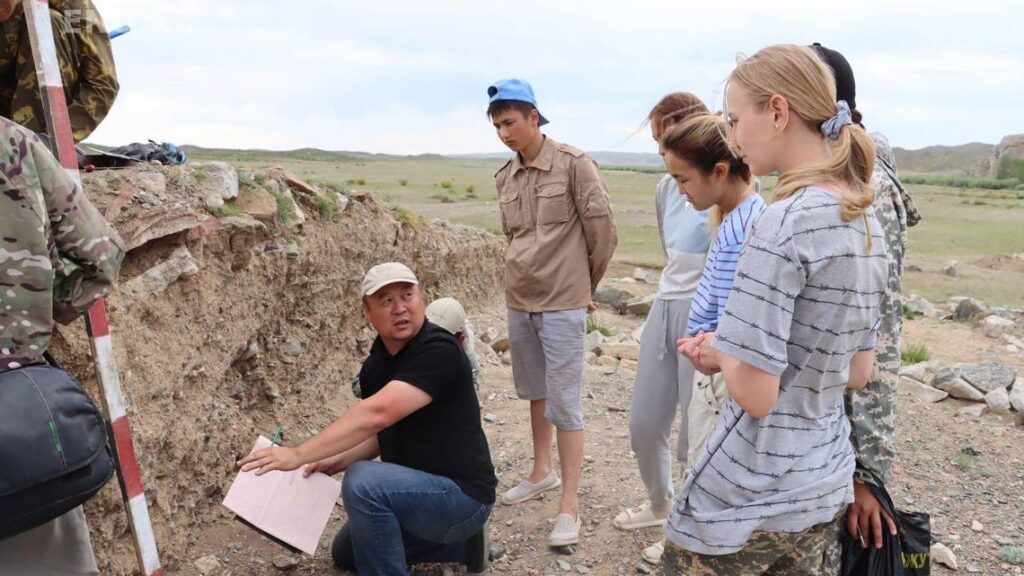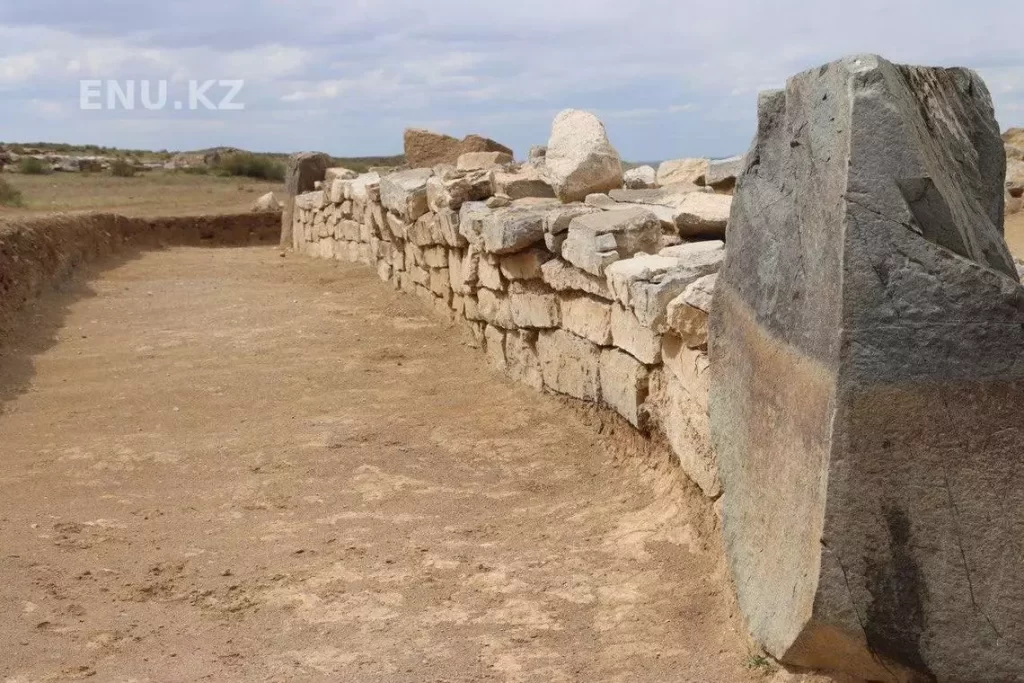Archaeologists Discover Ancient Step Pyramid Dedicated to Horse Cult in Kazakhstan

Alarge Bronze Age pyramid has been discovered in Kazakhstan, the country’s Ministry of Science and Higher Education reports.
The structure—which dates back to the 2nd millennium BC—is unlike anything that has been found in the Eurasian steppes before—and may have been linked to an ancient horse cult.
“This is a very complex construction,” Ulan Umitkaliyev, Head of the Eurasian National University’s Archaeology and Ethnology Department, said in a press release. “The steppe pyramid was built with great precision, it is hexagonal.
“There are thirteen meters and eight rows of stones between each face. It is a very sophisticated complex structure with several circles in the middle.”
Archaeologists from the L.N. Gumilyov Eurasian National University have been studying the site, in the Abai region of Kazakhstan, since 2014.
The Eurasian steppe played a central role during the Bronze Age—a historical period between 3300 BC and 1200 BC characterized by the use of bronze for tools and weapons.
During this period, the steppe region—which stretches from Eastern Europe to Asia—served as a passageway for trade, people and cultural exchange.


It was around this time in Kazakhstan that people first started to domesticate horses, according to the National Science Foundation. And this can be seen reflected in the pyramid’s walls.
“Images of various animals, especially horses, predominate on the walls outside the building in the same complex,” Umitkaliyev said. “There are also images of a camel.”
Indeed, these horses enabled humans to travel for greater distances and facilitated the transport of languages, foods, ideas and cultural expression across what became known as the Silk Road—a network of trading routes across Eurasia that were active from the second century BC right up until the mid-15th century.
This wealth of cultural exchange can be seen reflected in the other treasures that the archaeological team has found at the site.
“Findings in excavations, ceramics, female gold earrings and other jewelry indicate that this Bronze Age was the center of culture in ancient times,” Umitkaliyev said.
“This means that even at that time the cult of the horse was extremely high, as evidenced by the discovery of horse bones around the stone building.”
Excavation of the site will continue with the help of students at the university along with researchers from international institutions.




